The 1880s were transformative years for Staten Island. Though the quietude of the past was still prevalent, whispers of modernity could be heard. Railways began to cut across the island’s scenic beauty. The North Shore Branch and the South Beach Branch, part of the Staten Island Railway, were already operating. It became easier for folks to move between neighborhoods like St. George and Tottenville, but the island still clung to its agrarian roots. Farmlands and fishing villages dotted the landscape, a harmonious blend of old and new.
Cultural Influences
Just as in the previous decades, the 1880s saw Staten Island as a colorful tapestry of different cultures. The architecture reflected a medley of Dutch, English, and French influences. However, this was also the time when Italian immigrants began to arrive in significant numbers. They brought with them their culinary skills, customs, and an affinity for community living. The echoes of lively Italian folk songs started to blend with the multicultural sounds that had filled the air for decades.
Epoch-Making Events
The 1880s were not devoid of milestones. One such was the formation of Staten Island’s Richmond County, aligned with the consolidation of the five boroughs into Greater New York City in 1898. However, perhaps one of the most memorable events was the opening of the Statue of Liberty in 1886. Though not on Staten Island itself, the statue was visible from its shores. The island became a symbolic gateway for immigrants, and the statue a beacon of hope and freedom, casting its glow over the waters that separated the island from Manhattan.
Social Life and Local Traditions
Life was deeply communal during the 1880s in Staten Island. Whether it was gathering at the local church for Sunday service or celebrating the holidays with grand feasts and dances, the spirit of togetherness was palpable. Oral traditions were strong, with stories, legends, and life lessons passed down from the elderly to the youth.
Imagine the delight of a Christmas Eve in the 1880s—no flashing LED lights or online shopping, but candles, handmade decorations, and the joy of community caroling. The richness of these simple experiences is something that, perhaps, we find ourselves yearning for in our fast-paced world.


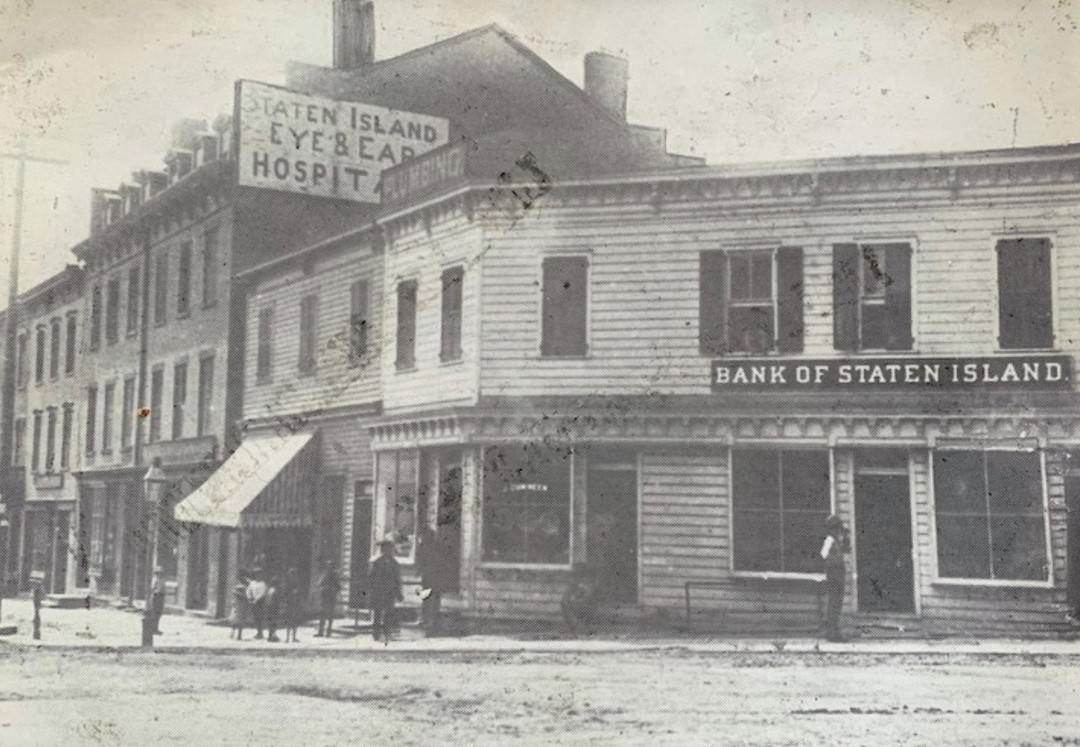
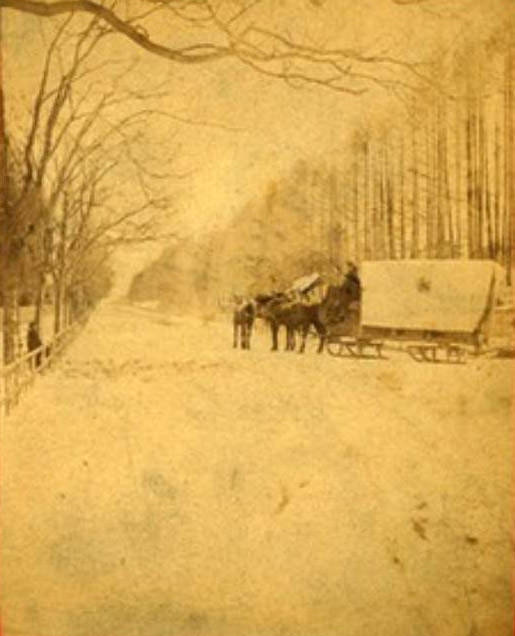
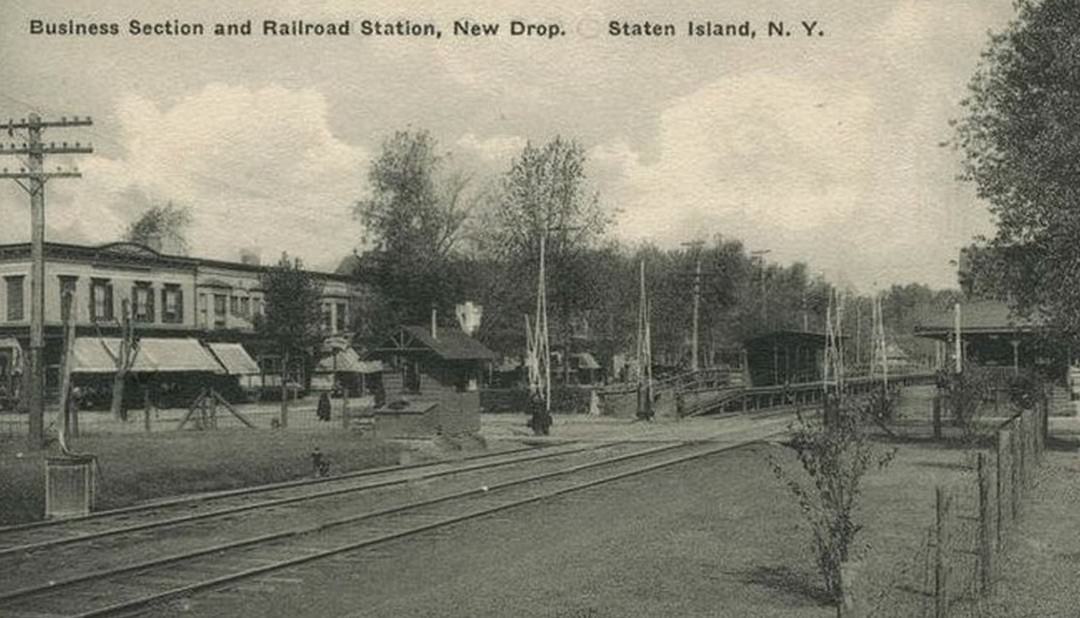
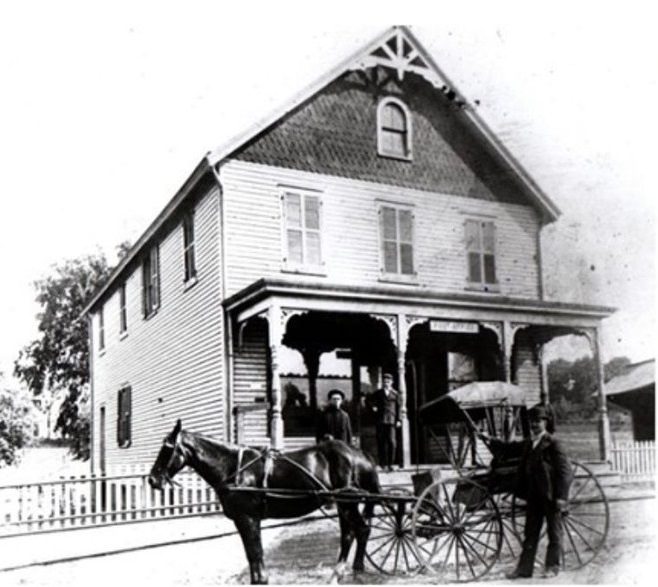
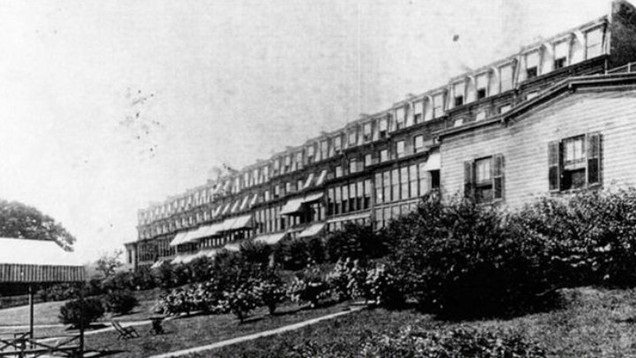
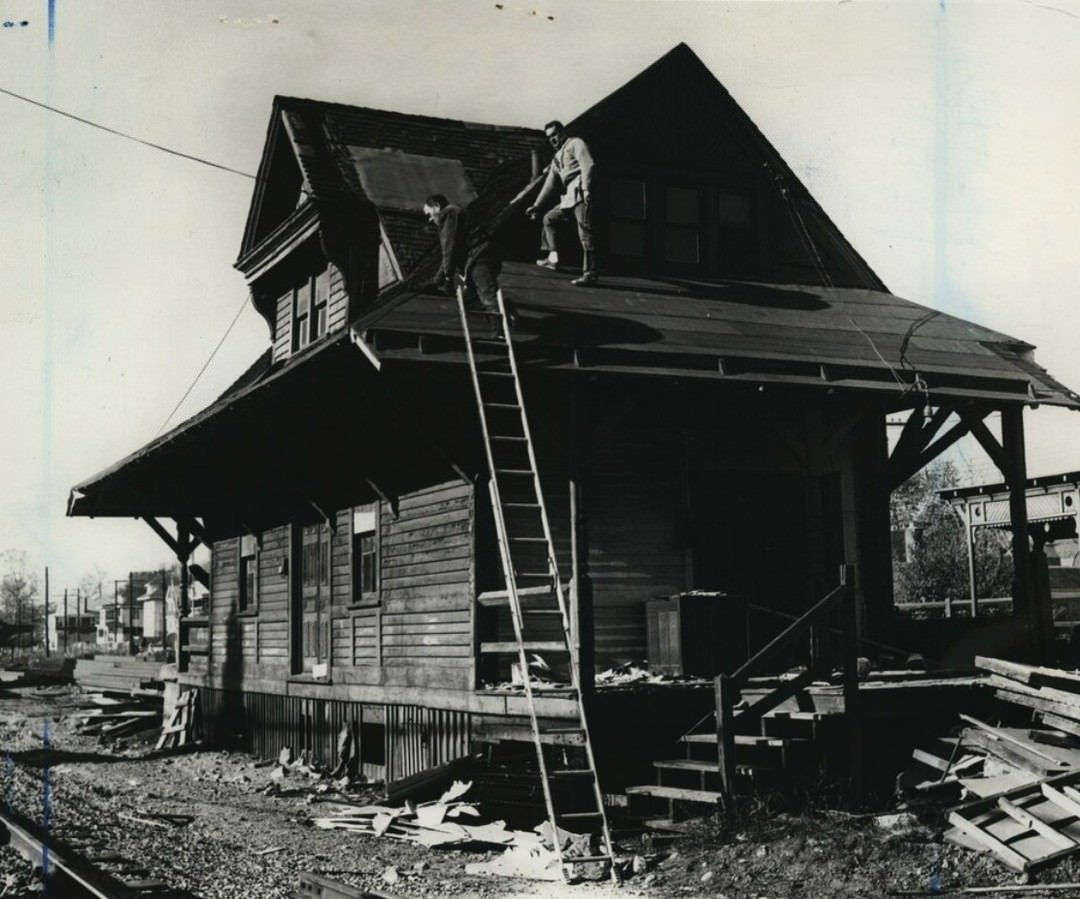
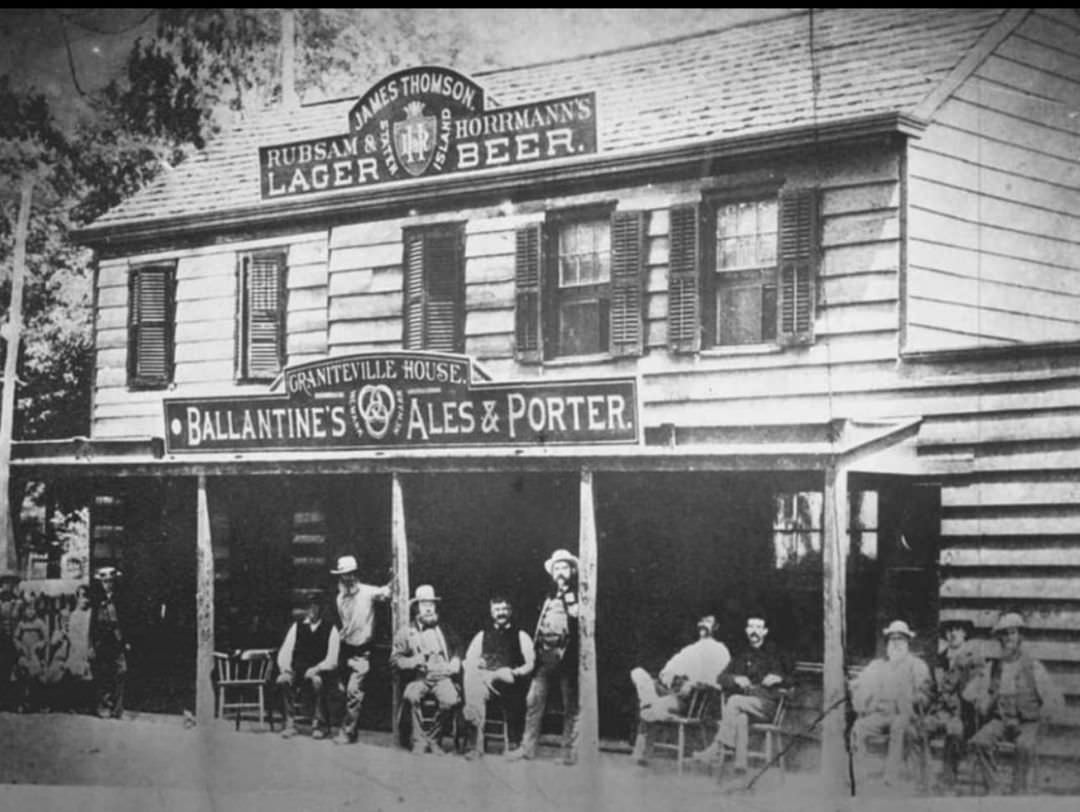
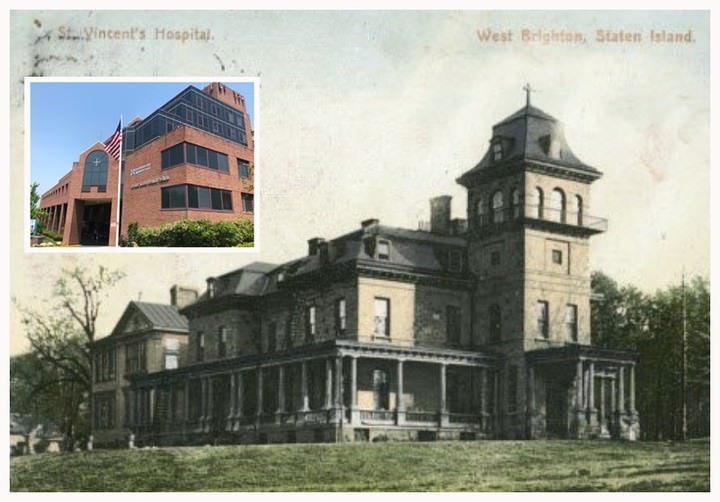
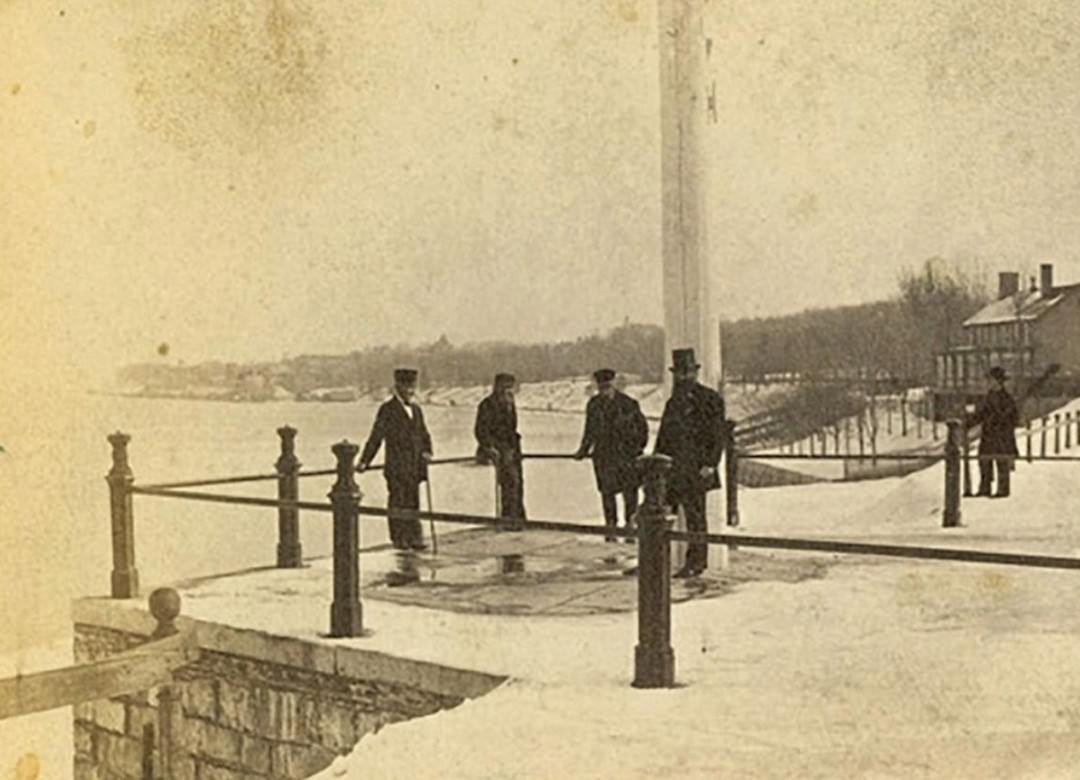
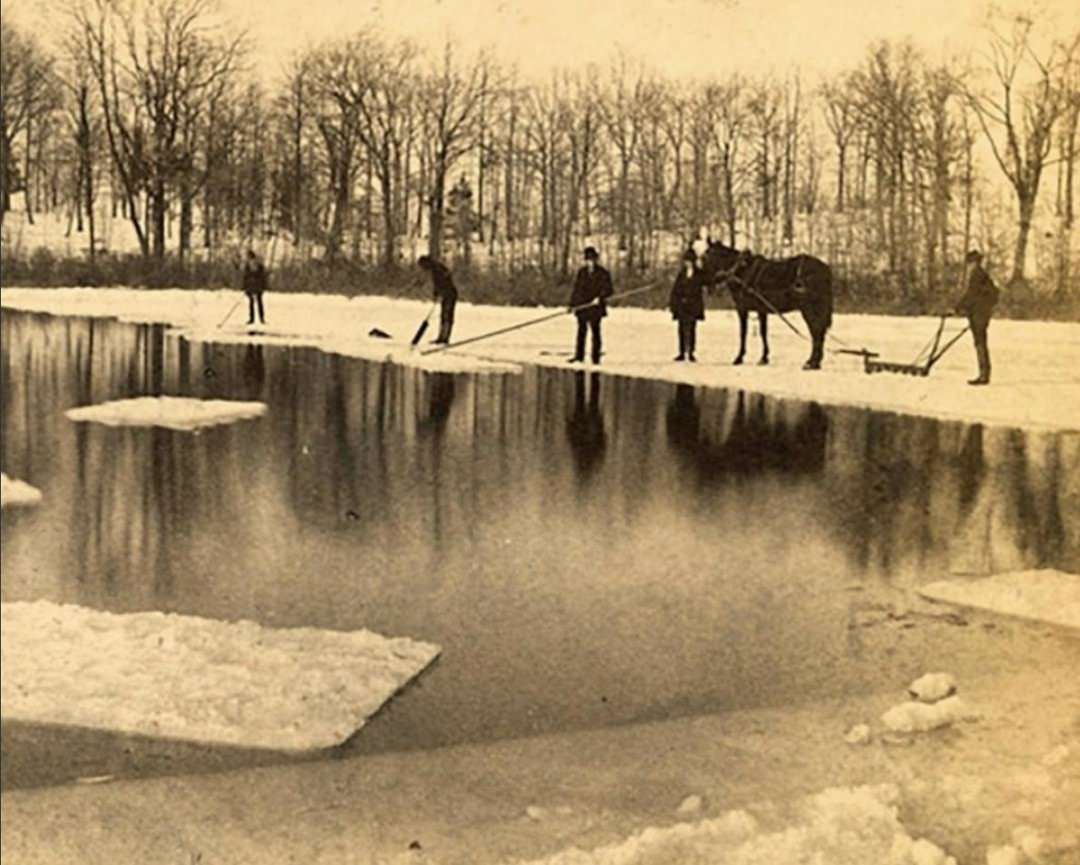
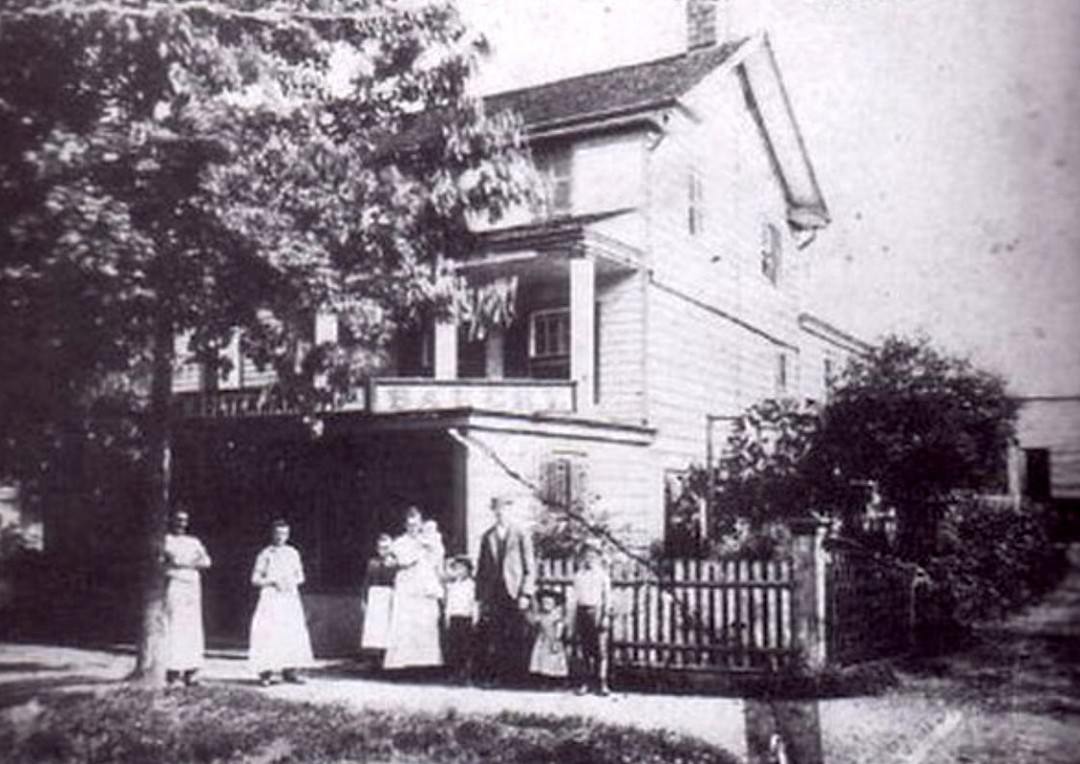
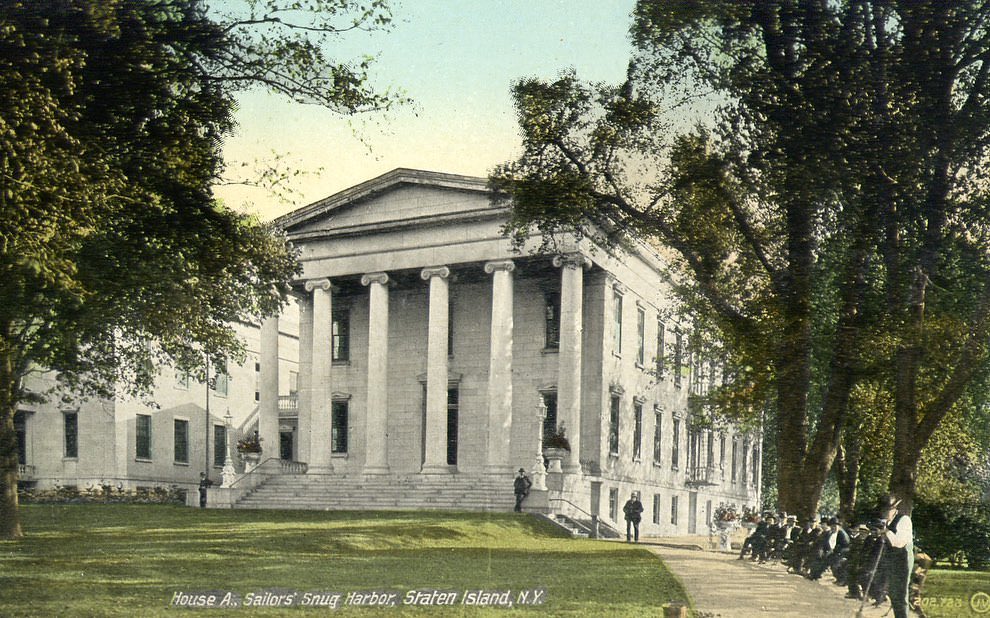
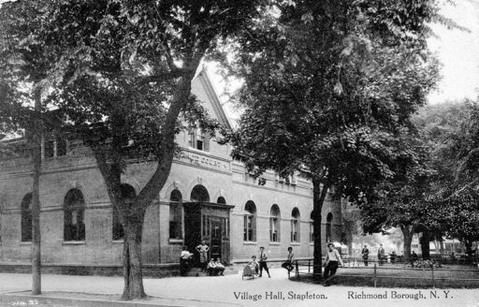
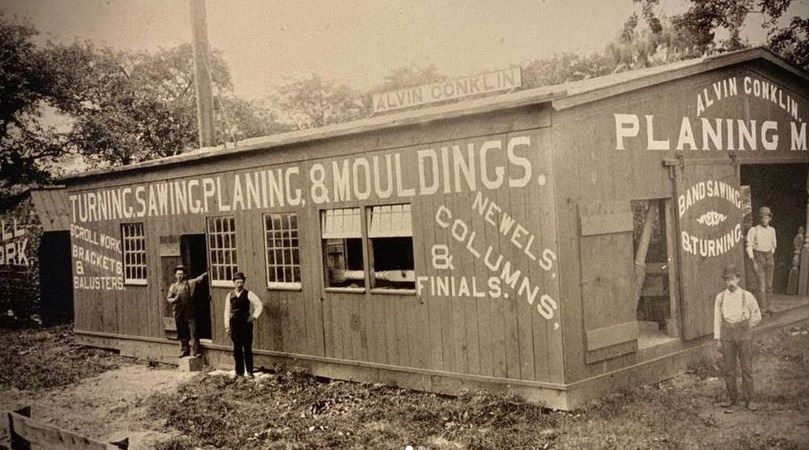
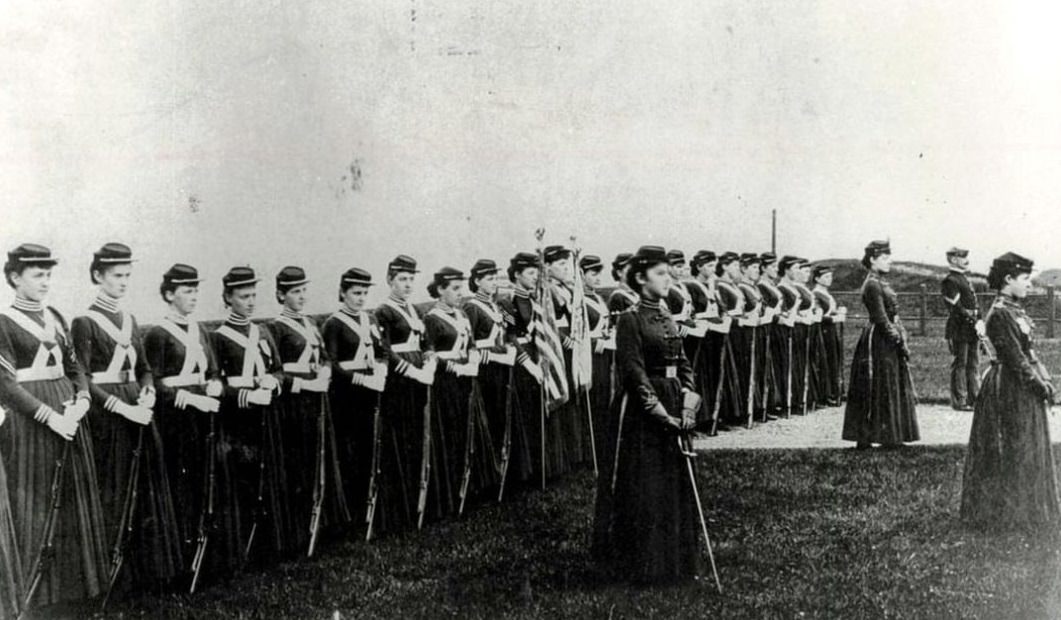
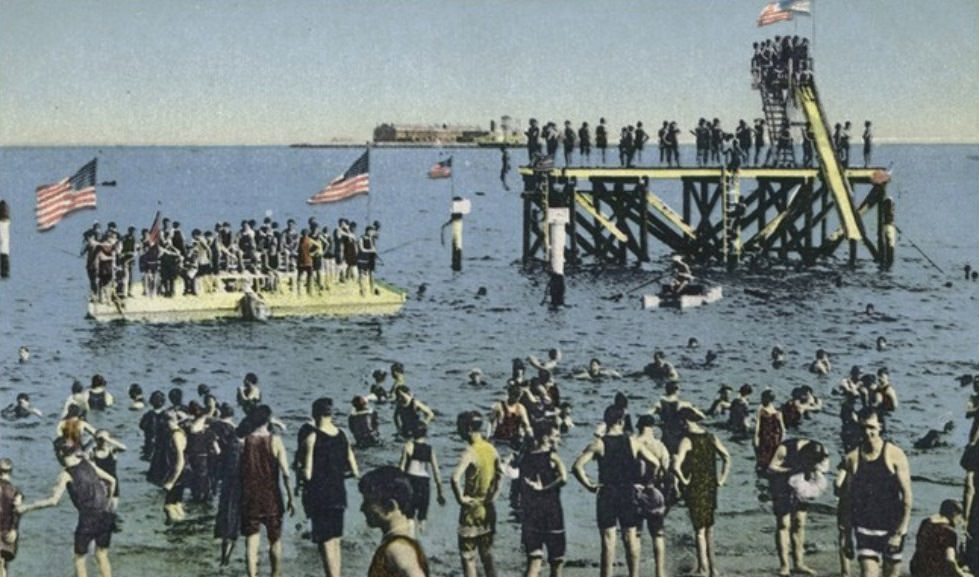
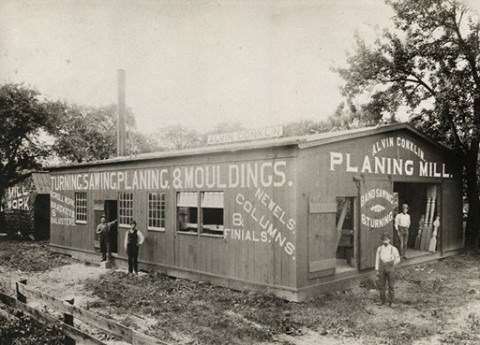
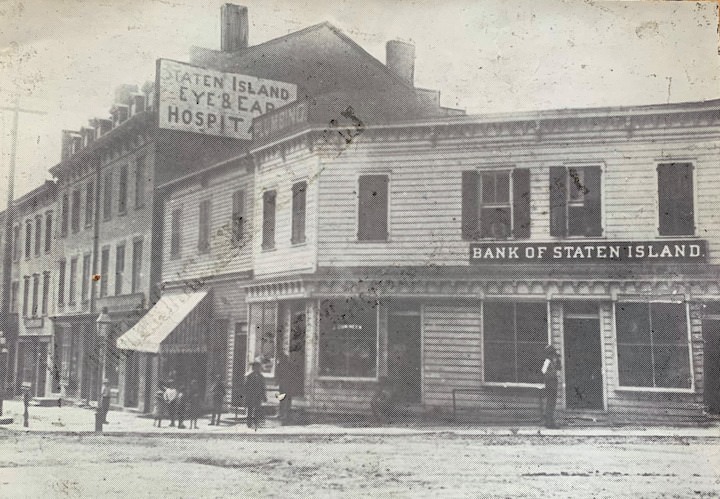
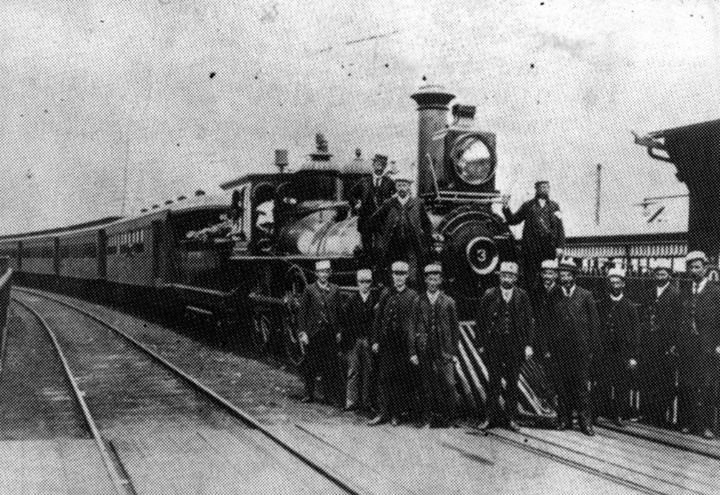
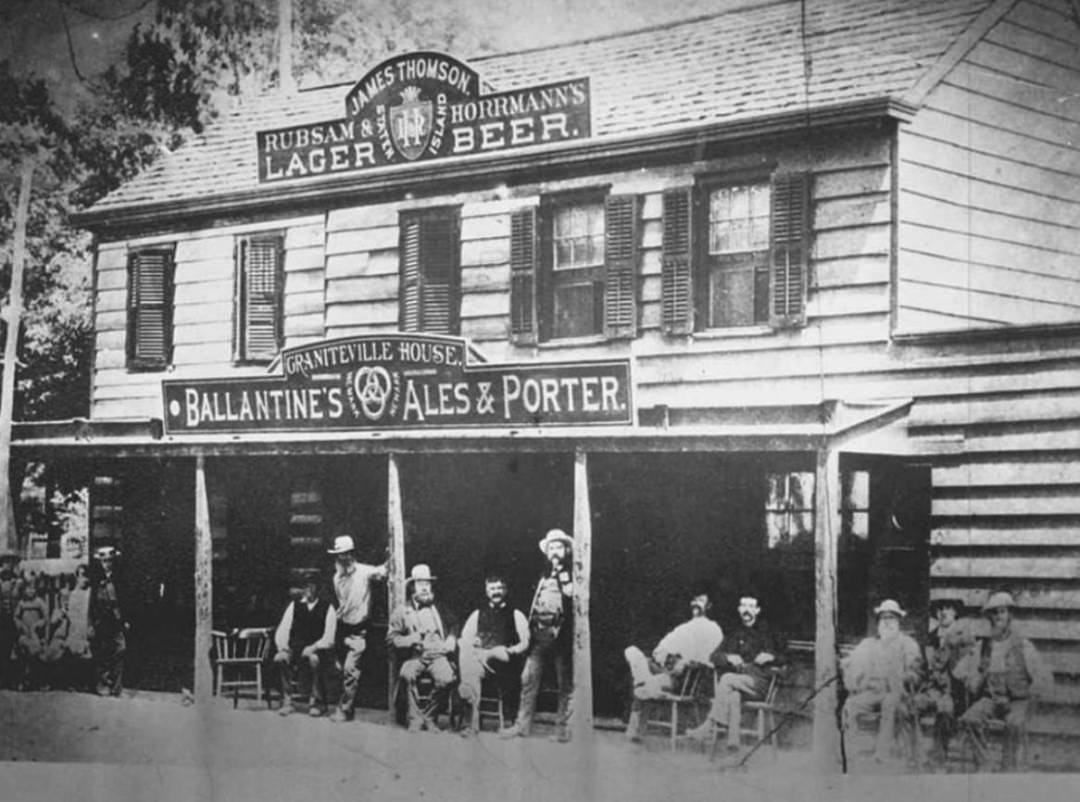

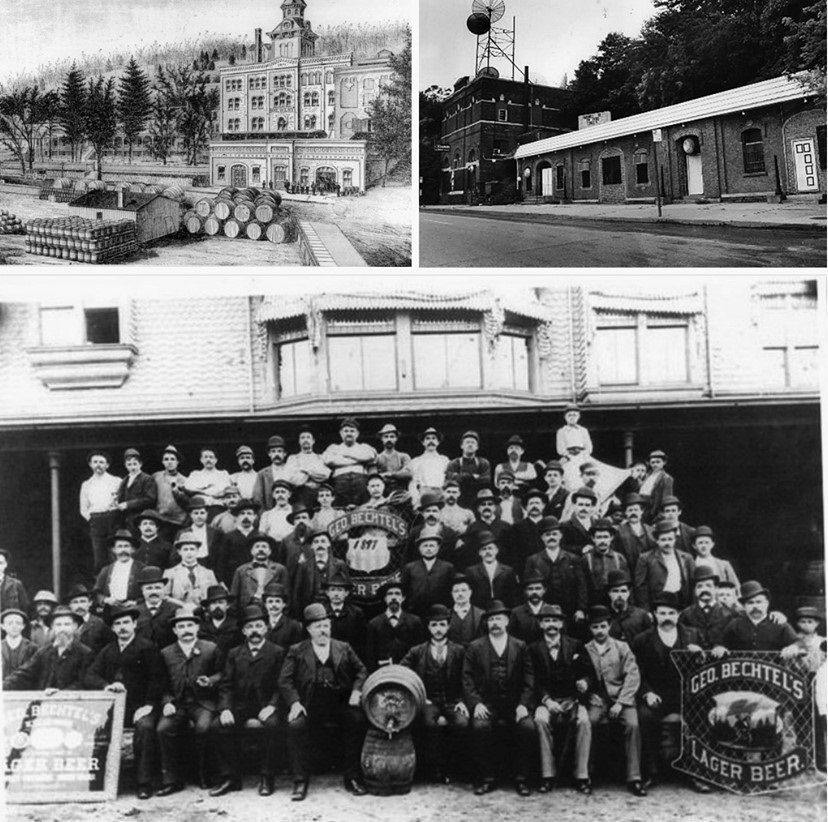
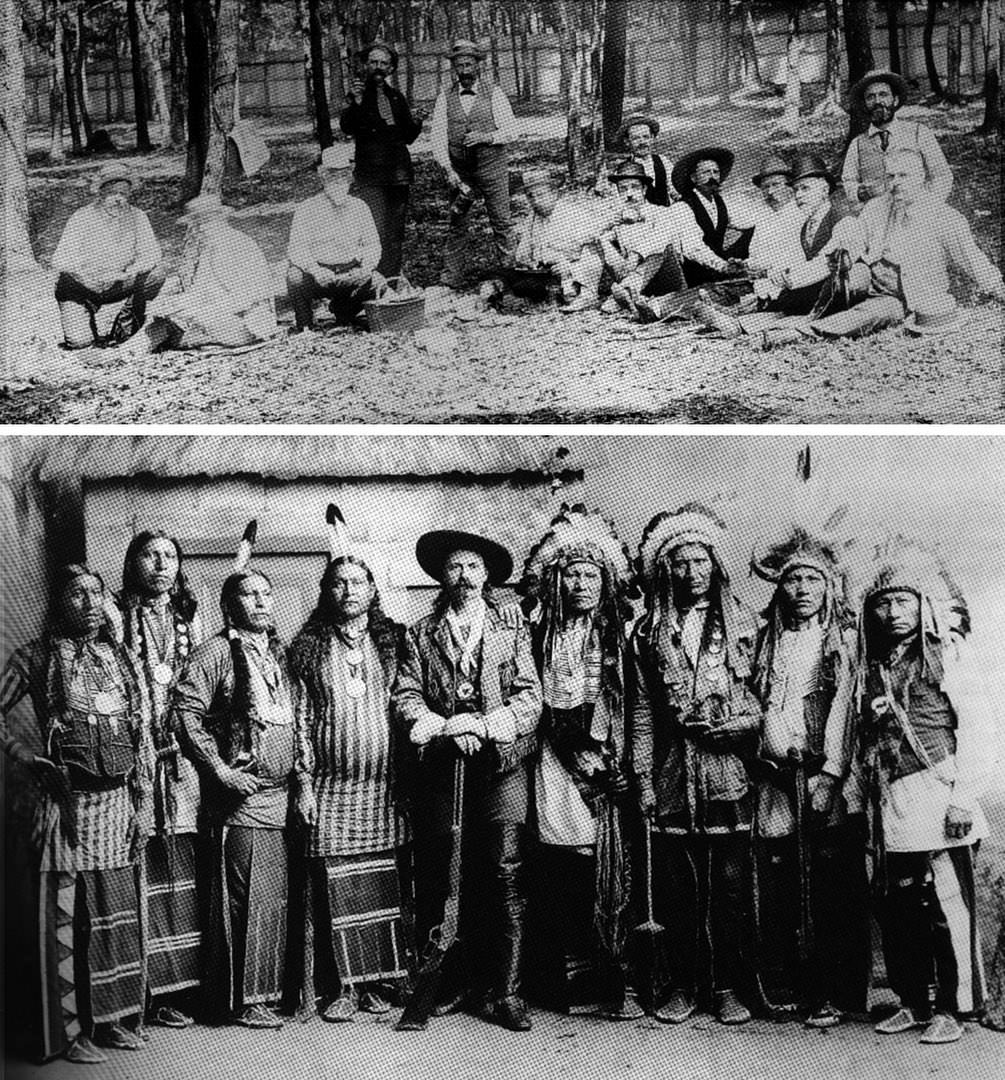
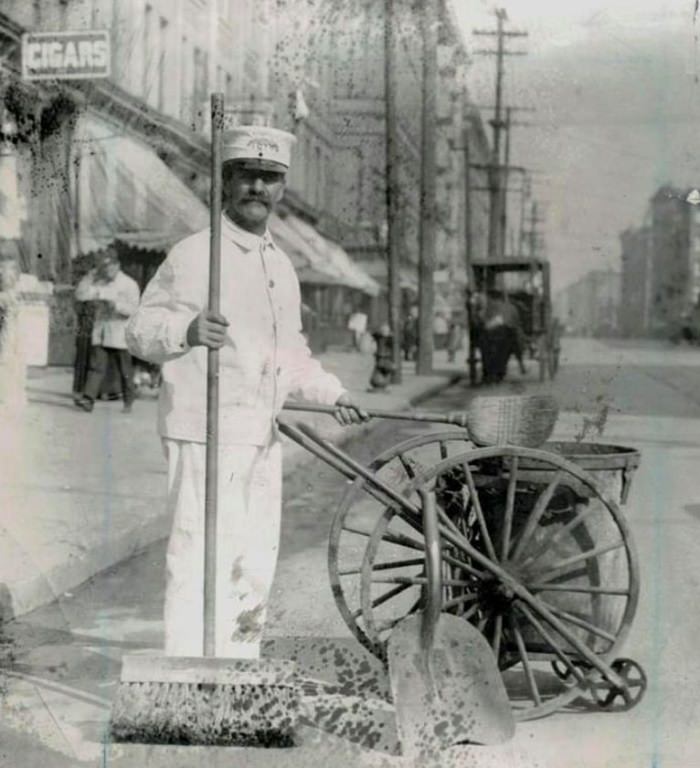
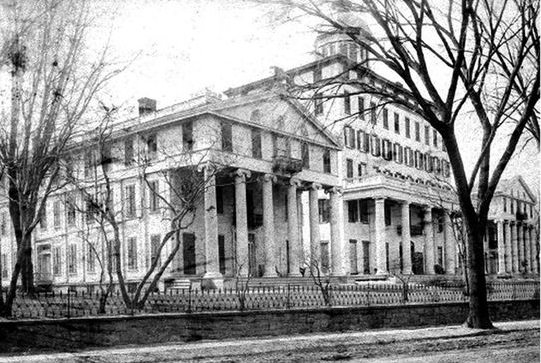
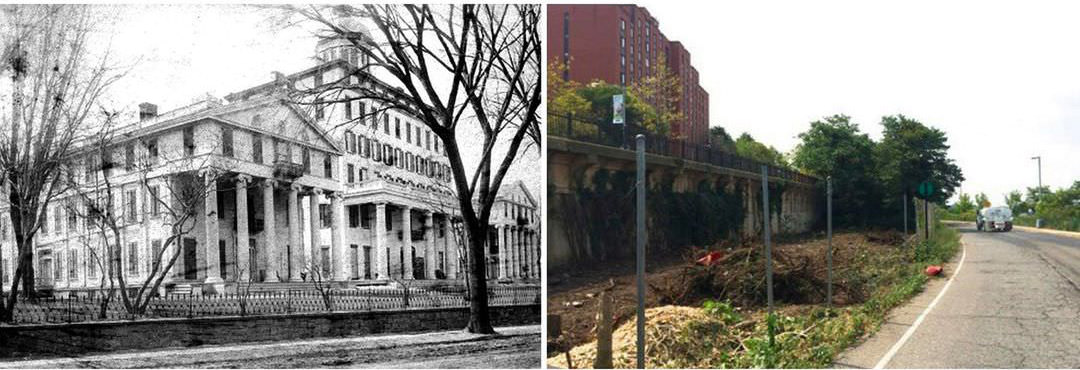
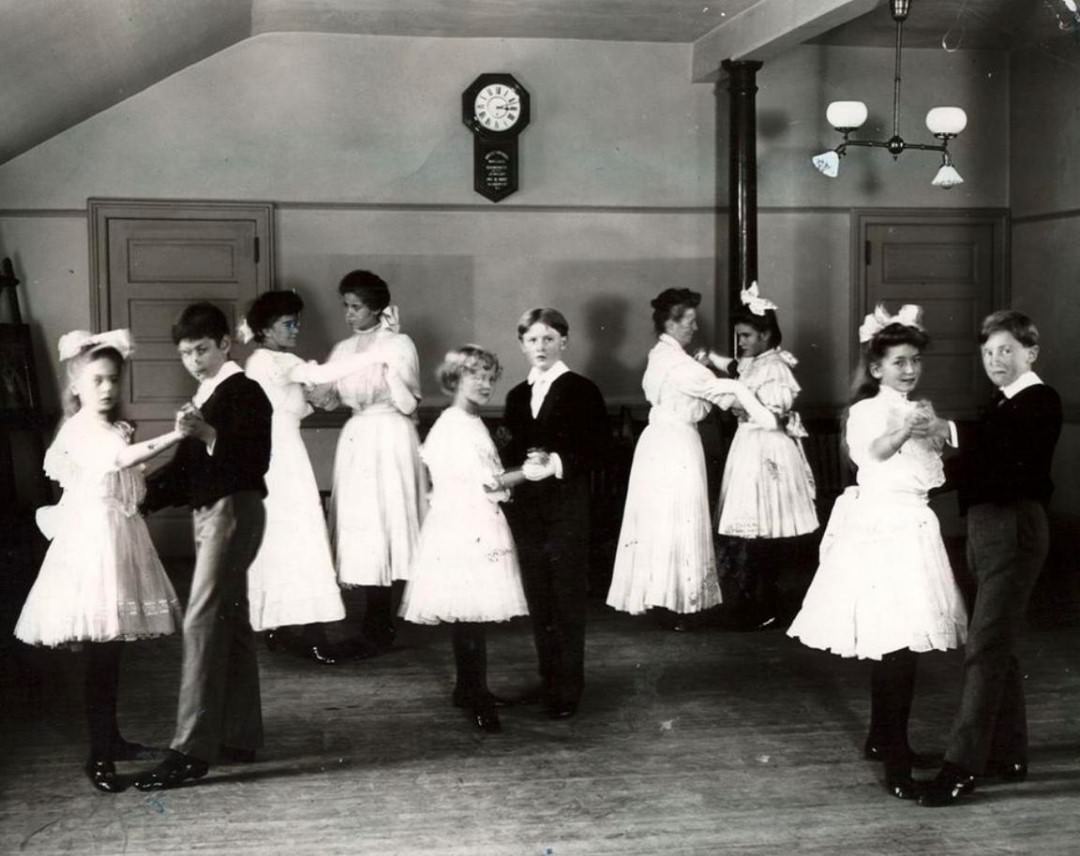
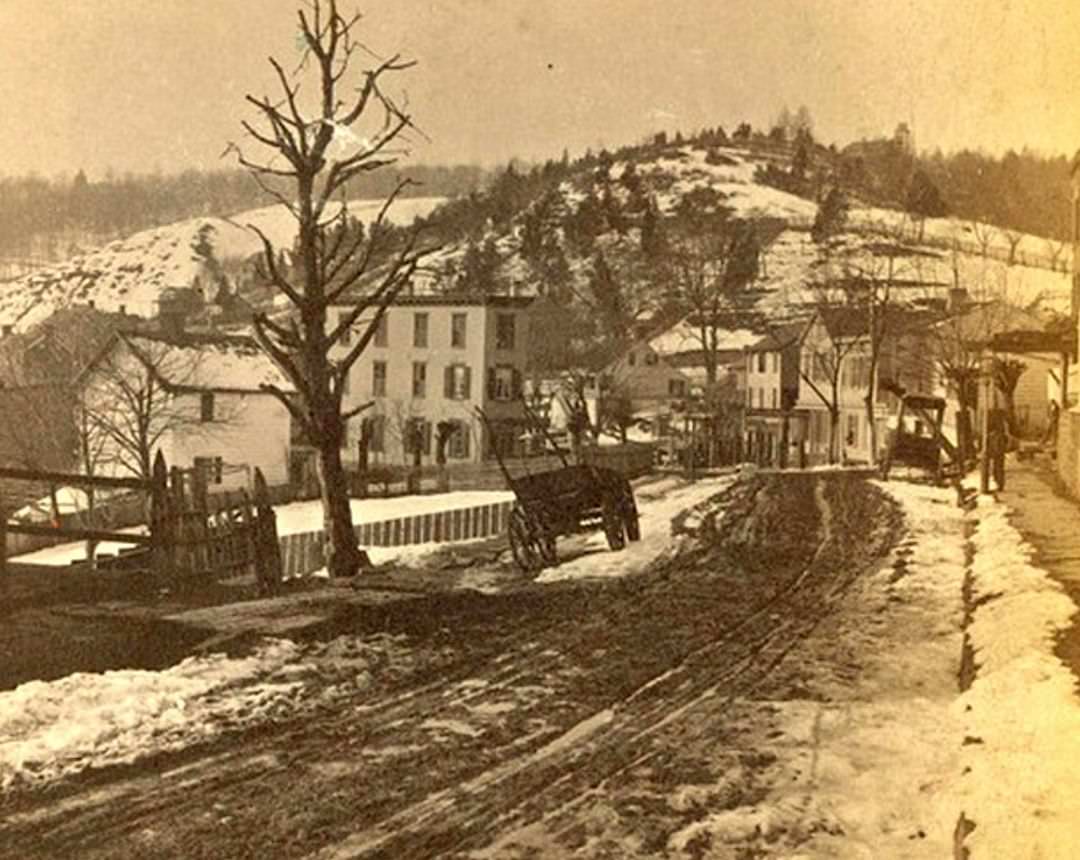
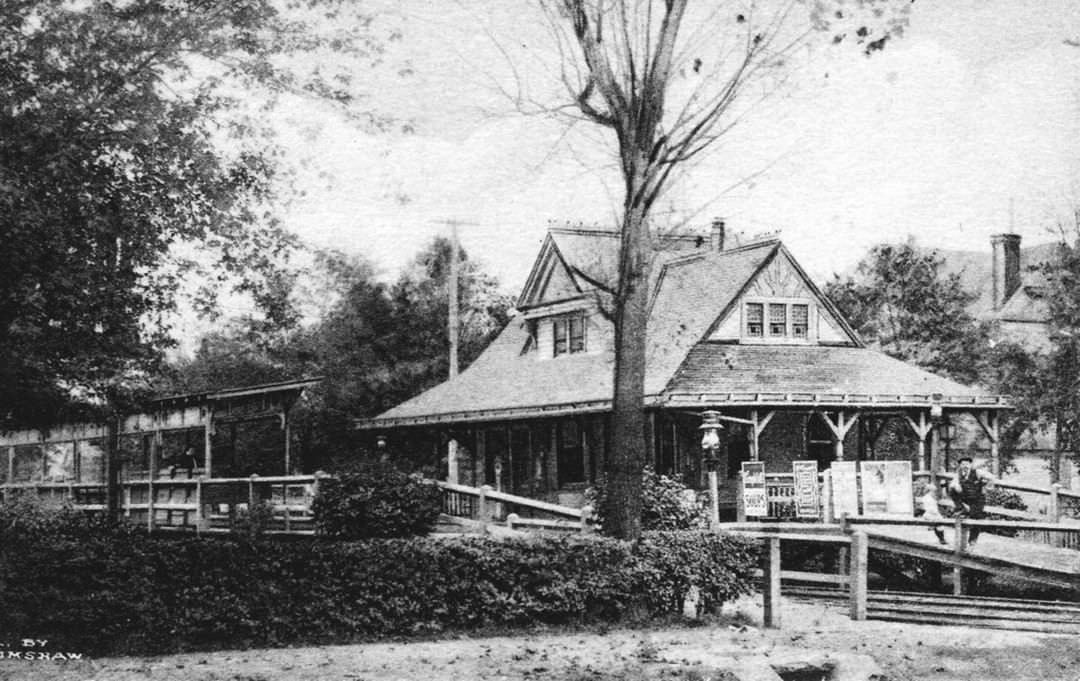
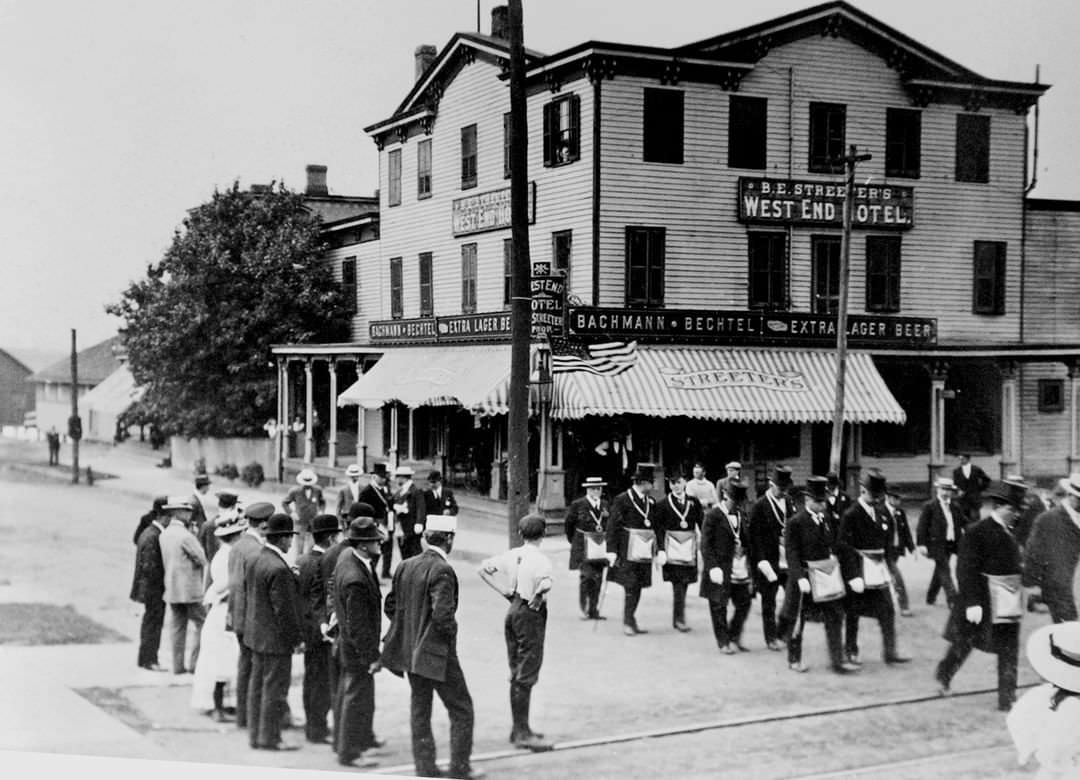
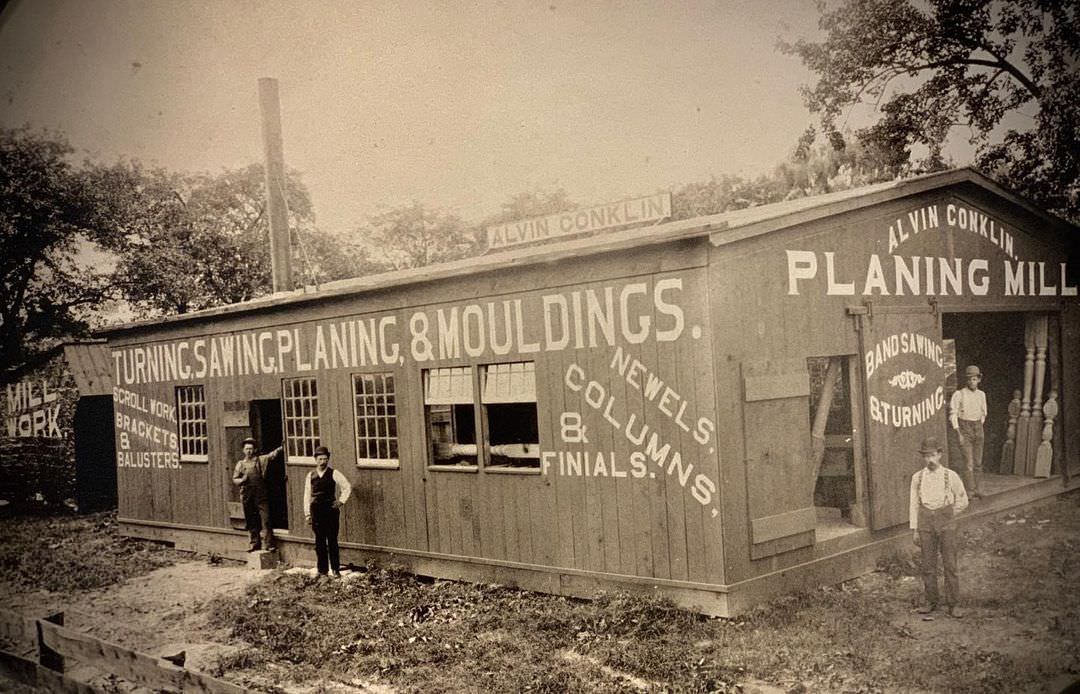
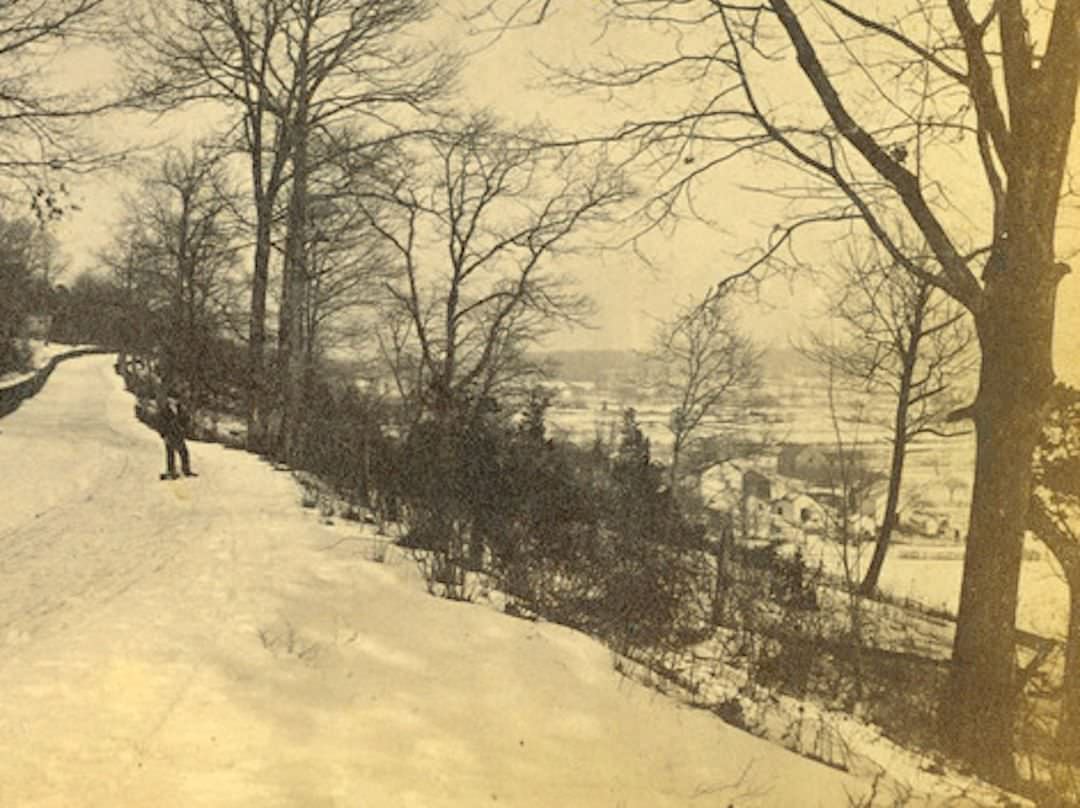
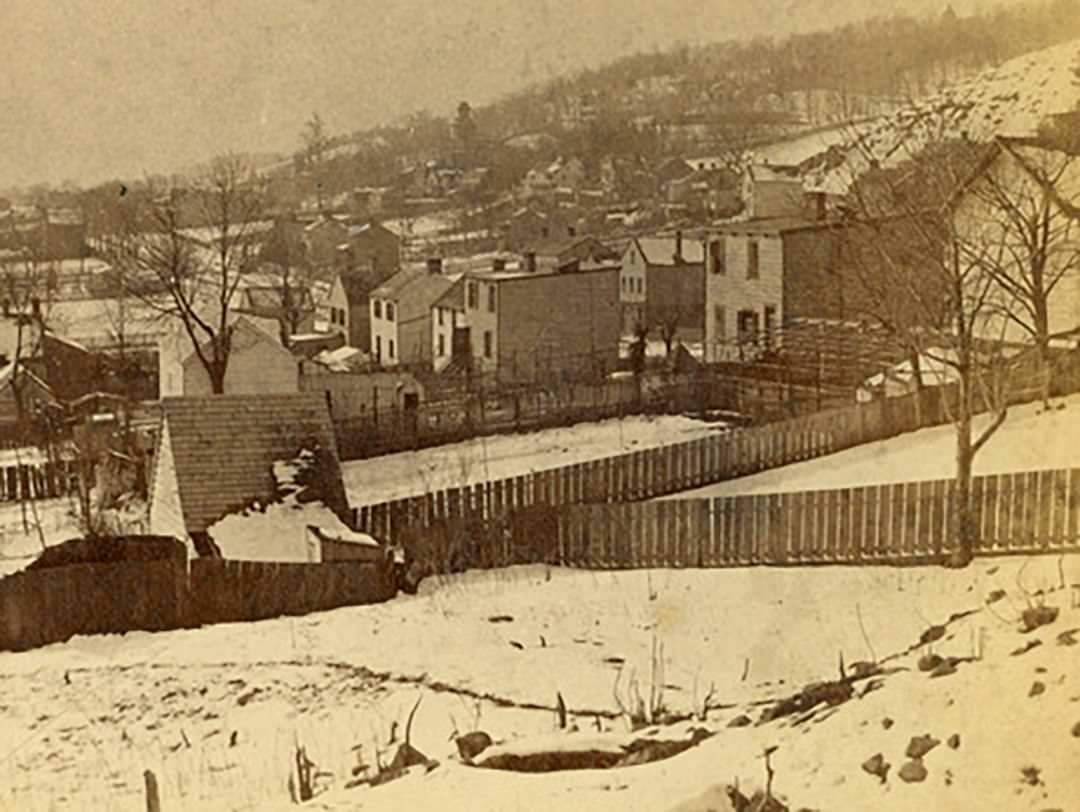
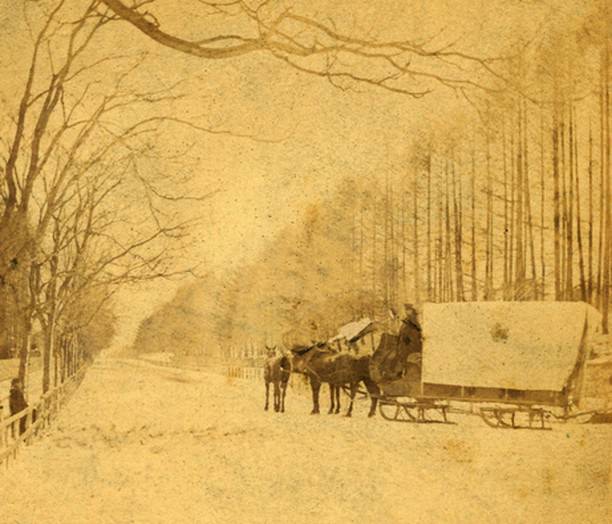
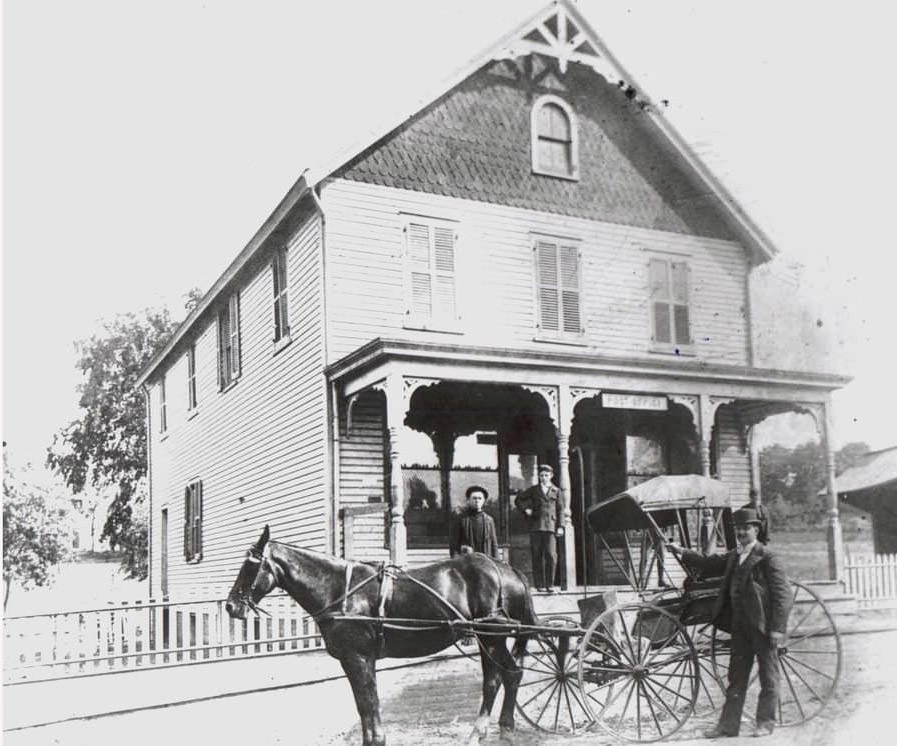
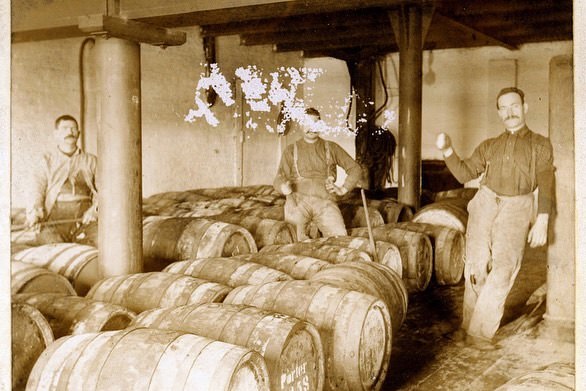
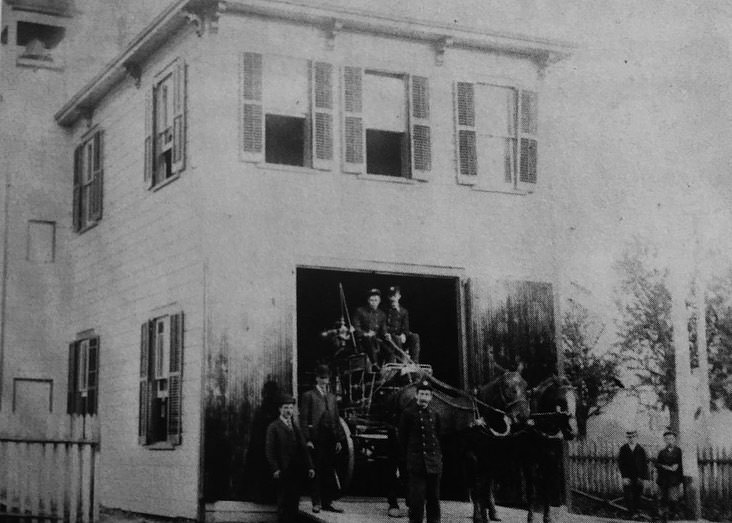
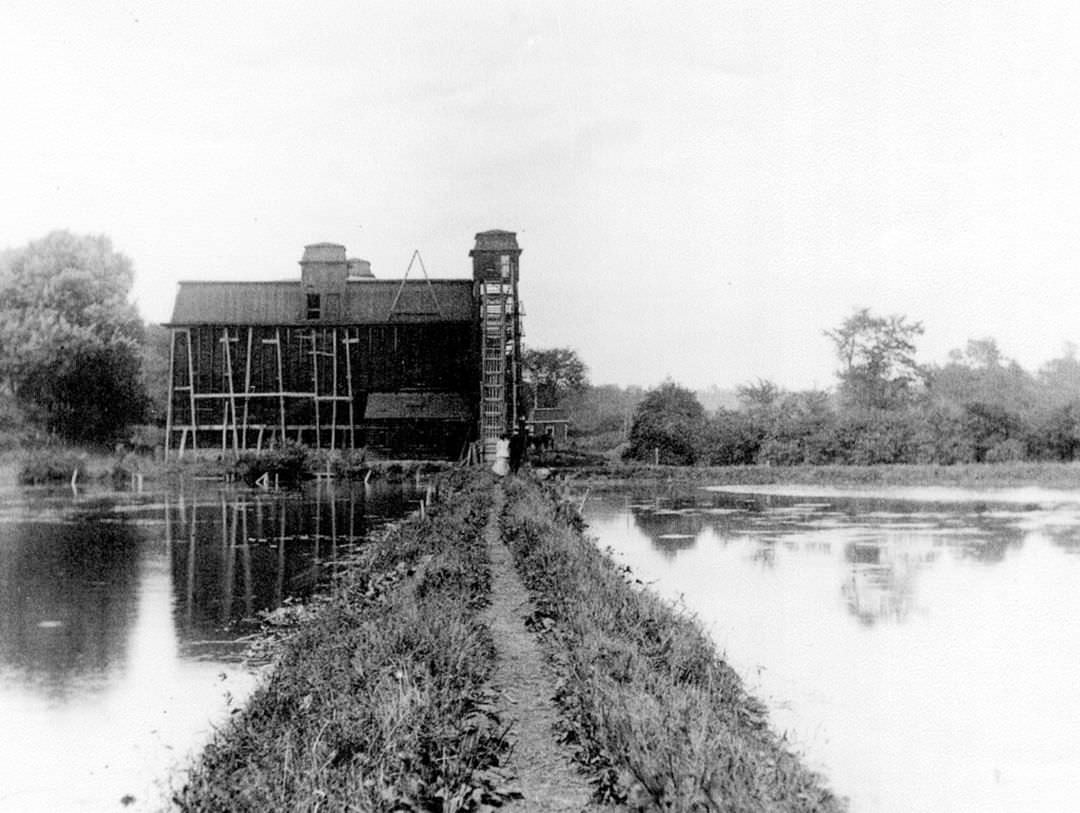
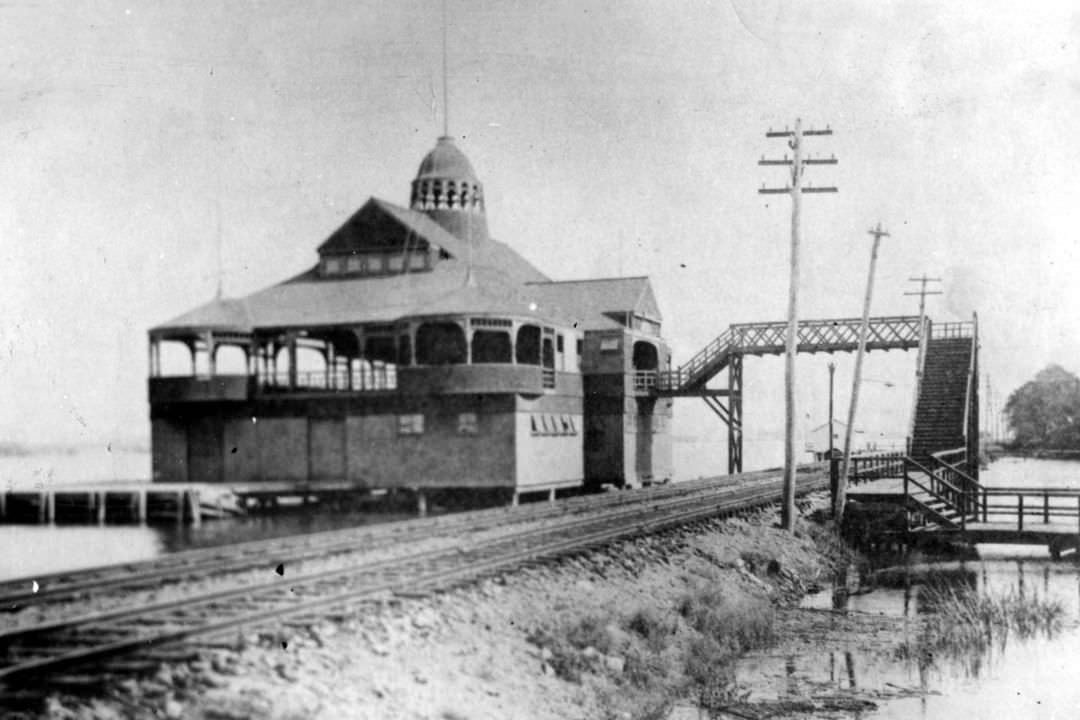
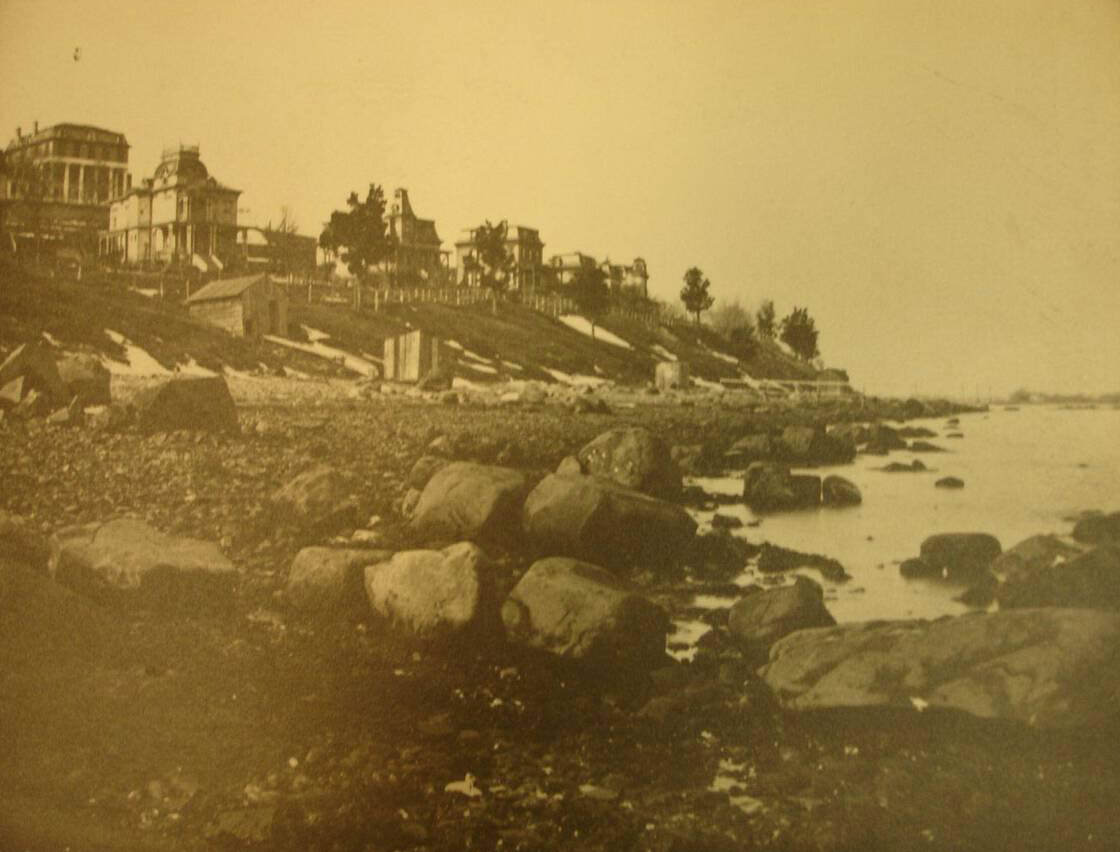
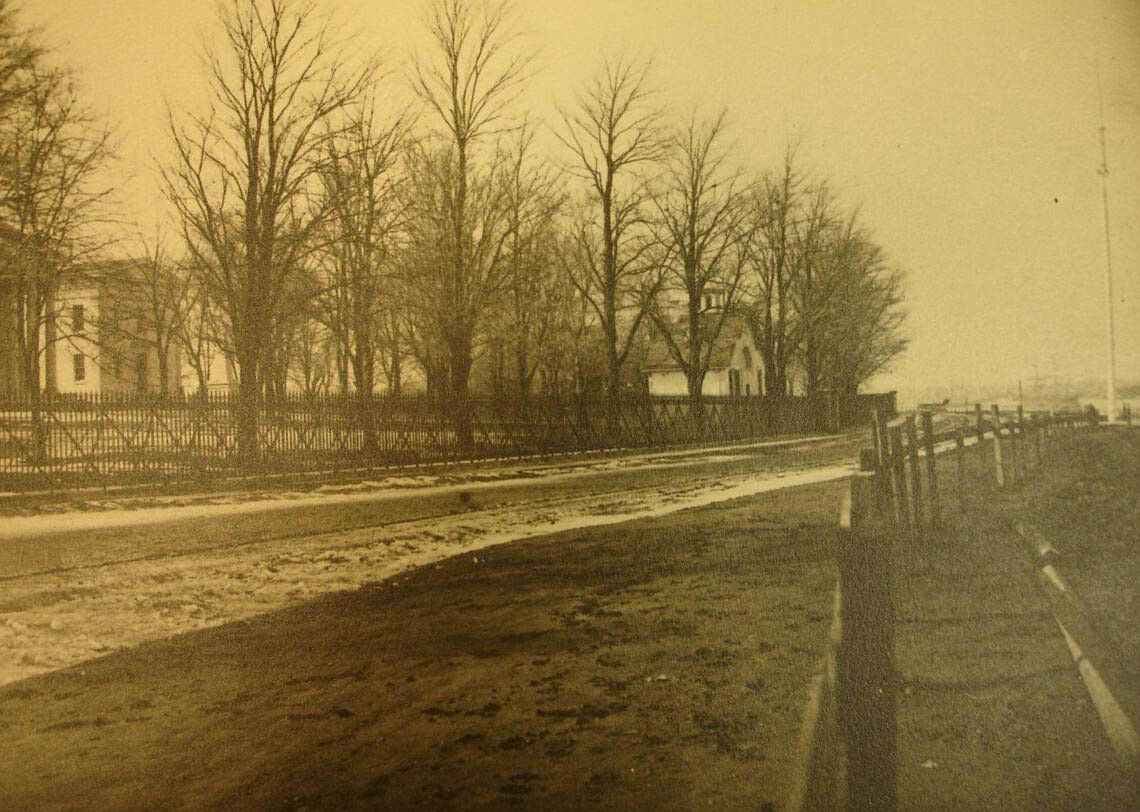
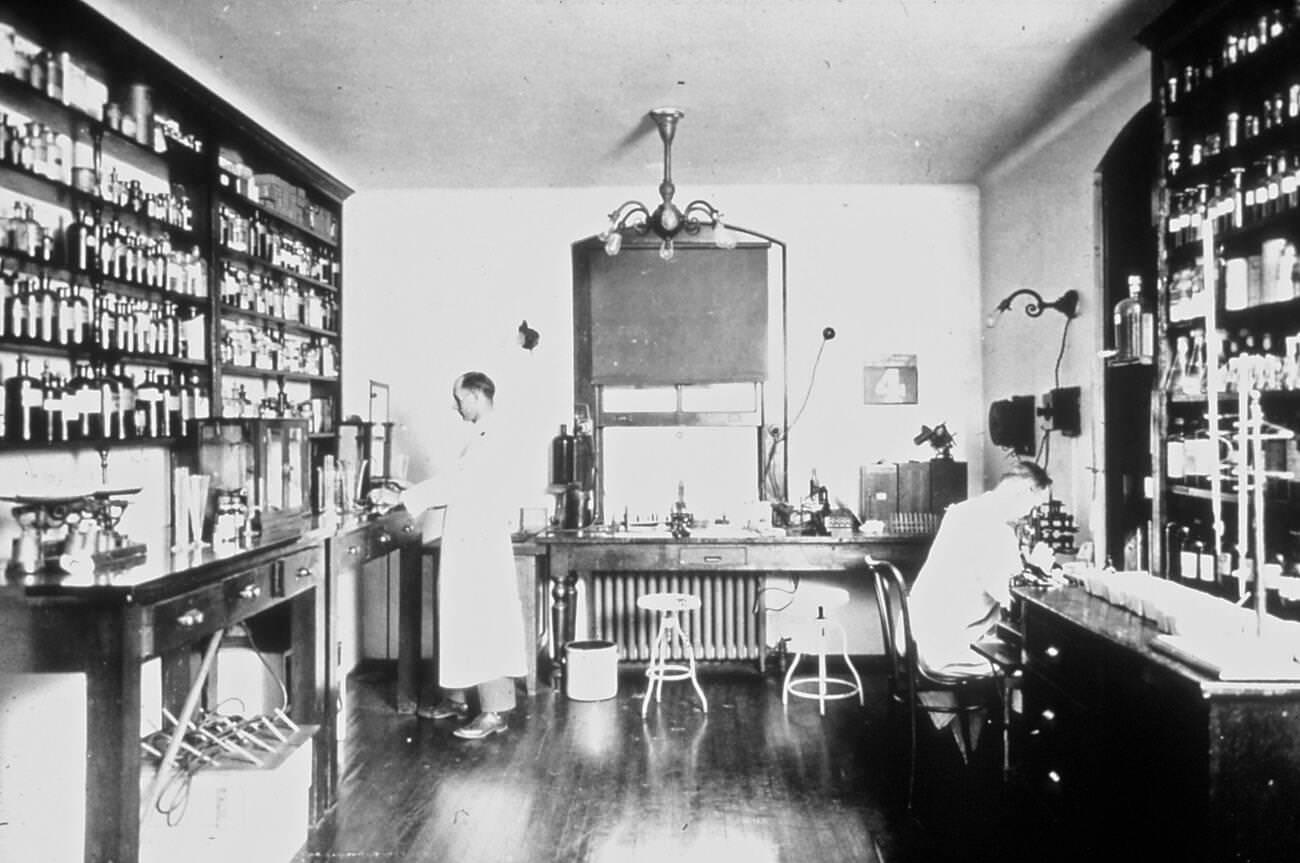

GIPHY App Key not set. Please check settings